Bean Gourmet Delight
$4.95
Phaseolus Vulgaris var. Nanus
- Seed Count 15
- Very Adaptable
- Annual
In stock
Description
The bush bean Gourmet Delight is one of the best stringless varieties, producing succulent, round, crisp pods in great abundance. 15cm long pods that are great to munch on raw, eat freshly steamed or freeze for a later date.
Adapts well to most growing conditions and as it does not need staking it is an ideal candidate for pots.
Beans do much better when they are directly sown. Bush beans are determinate, meaning they grow to about a meter tall, blossom, turn out a single harvest of beans and then die.
If you want a large crop to be ready almost all at once for preserving or freezing, sow all of the seeds at the same time. If you want a higher, continuous yield throughout the season, succession plant at an interval 10 to 20 days.
| Method: Sow direct | Soil Temp: 16°C - 30°C |
| Cool Mountain: Oct - Dec | Position: Full sun |
| Arid: Sep - Jan | Row Spacing: 20cm |
| Temperate; Sep - Jan | Planting Depth: 10mm |
| Sub Tropical: Aug - Apr | Harvest: 70 Days |
| Tropical: Apr - Jul | Plant Height: 1m |
Growing Climbing Beans
Climate and Timing:
- Planting Time: In temperate regions, late spring to early summer is best.
- In subtropical areas, you can plant beans from late winter to early autumn.
- Temperature: Beans thrive in temperatures between 15°C to 30°C. They require a frost-free period to grow effectively.
Soil Preparation
- Soil Quality: Ensure the soil is well-draining with good fertility. Beans prefer a neutral pH of 6 to 7.
- Improving Soil: Before planting, enrich the soil with compost or well-rotted manure. Beans fix nitrogen into the soil, but added organic matter supports initial growth.
Planting Process:
- Sow seeds directly once the danger of frost has passed.
- Plant seeds about 1 cm deep and space them 20 cm apart within rows 20 cm apart.
- If using a trellis or teepee system, space these supports accordingly before planting.
Support Systems:
- Use sturdy 1 m high supports 1 m as the weight of a vine full of pods is very heavy
Watering and Maintenance:
- Watering: Regular watering is crucial, particularly during flowering and pod set.
- However, avoid waterlogging, which can drown roots or promote fungal diseases.
- Mulching: Apply mulch to retain soil moisture, regulate temperature, and reduce weed growth.
Fertilisation and Care:
- While beans generally do not require much fertilisation due to their nitrogen-fixing ability, a light application of a balanced organic fertiliser at the start of the growing season can help.
- Regularly inspect plants for signs of common pests like aphids or spider mites and manage with appropriate organic treatments if necessary.
Harvesting:
- Beans typically mature within 70 days after planting.
- Harvest when the pods are firm and before seeds inside begin to bulge, ensuring tender beans.
- Picking pods regularly encourages further production.
Companion Planting
Compatible Plants:
- Corn: Provides natural supports for beans to climb, forming a symbiotic relationship where beans fix nitrogen, boosting corn’s growth.
- Squash and Pumpkins: With their broad leaves, these plants help control weeds by shading the soil and maintaining moisture.
- Carrots and Radishes: Utilise vertical garden space efficiently, with roots growing underground while beans climb upward.
- Marigolds: Known for their pest-repellent properties, they attract beneficial insects and deter harmful nematodes.
Plants to Avoid:
- Alliums (Garlic, Onions): These can inhibit bean growth due to the production of chemicals that negatively impact bean roots.
- Beets: They compete for similar nutrients, potentially stunting each other’s growth.
Additional Tips:
Crop Rotation:
- Rotate beans with other crops to prevent pest buildup and improve soil nutrients.
- Avoid planting where legumes have grown in the past two years.
Pest and Disease Management:
- Implement pest control measures early. Use natural or organic pesticides if necessary and encourage predators such as ladybirds.
- Prevent diseases through proper spacing to ensure good air circulation and by removing diseased plants promptly.
Postage Charge
Orders under $30 attract a $4.95 shipping charge. Orders $30 and above have free shipping.
Order Times
Seed orders are normally dispatched within three business days. You will receive an email when seeds are mailed out.
Postage Days
Seeds are mailed out Monday to Friday at 1pm. Except for the Friday of long weekends.
Postage Times
WA 2-3 Days: SA,NT 3-5 Days: NSW, ACT, QLD, VIC: 5-7 Days
Carrier
We use Australia Post Letter Postage for the majority of orders
Not only are our seeds packed in recycled paper envelopes, we keep the theme going when we post out website orders. To protect your seeds from moisture and the letter box munchers (snails), we use a very special plastic free material made from plants. They are then put into recycled mailing envelopes. Green all the way 💚🌿
🌿 Growing Dill from Seed
Dill is one of those herbs that quietly wins hearts—its delicate fronds, bright aniseed flavour, and versatility in the kitchen make it a rewarding crop for any garden. Whether you’re growing it for pickles, salads, or to attract beneficial insects, starting dill from seed is a breeze once you know its preferences.
Let’s walk through it all—from sowing to seed saving—so you can grow a healthy, bountiful crop of dill in your Australian garden.
🌱 Sowing Dill: In Trays vs. Direct in the Garden
Dill has a taproot, which makes it a little fussy about being transplanted. So while you can sow it in trays, direct sowing is usually best if you want happy, productive plants.
🌼 Direct Sowing (Preferred)
- When: Early spring through early autumn in most climates. In warmer northern areas, it can be grown year-round.
- How: Sow seeds directly 3mm deep, spaced about 15-20cm apart. Thin seedlings to allow airflow and avoid crowding.
- Tips: Keep the soil moist during germination (7–21 days). Sow successively every 3–4 weeks for a steady supply.
🌱 Sowing in Trays (If Needed)
- Why: If you’re growing in containers or need a head start.
- How: Use deep seedling trays or biodegradable pots. Transplant gently when seedlings are small (under 5cm tall) to reduce root disturbance.
🌟 Gardener’s Tip: If you must transplant, water well before and after moving, and avoid disturbing the root ball too much.
🌞 Soil and Position
Dill isn’t too fussy, but it does best when its few basic needs are met.
🌿 Soil
- Type: Loose, well-drained soil rich in organic matter.
- pH: Slightly acidic to neutral (6.0–7.0).
- Prep: Mix compost or well-rotted manure through the topsoil before sowing.
☀️ Position
- Sunlight: Full sun (at least 6 hours/day).
- Wind: Dill can grow tall and wispy—plant it in a sheltered spot or near a support structure.
- Containers: Grows well in large pots if watered regularly and given enough sun.
🌟 Gardener’s Tip: Dill’s fine roots don’t like soggy feet, so avoid heavy clay or boggy areas.
🧑🌾 Care and Maintenance
Dill is generally low-maintenance once it’s settled in, but a little care goes a long way.
💧 Watering
- Water regularly during dry periods, especially in containers.
- Avoid overwatering—dill prefers a light hand.
🌿 Feeding
- Light feeders—just add compost at planting.
- If you’re harvesting heavily, a light liquid feed mid-season can help.
✂️ Pinching and Pruning
- Pinch back the main stems early to encourage bushier growth.
- Let some plants flower if you’re after seeds or want to feed beneficial insects.
🌟 Gardener’s Tip: Deadhead flowers if you want more leaf growth and less self-seeding.
🌻 Companion Planting Guide
Dill is a team player in the garden, with strong benefits for pest management and pollinator attraction.
🌼 Good Companions
- Brassicas (like cabbage, kale, and broccoli): Dill repels cabbage moths and aphids.
- Cucumbers: Naturally complementary in the garden and kitchen.
- Lettuce: The light dill canopy can offer dappled shade as it grows.
- Onions and garlic: A great team for pest control.
🌿 Plants to Avoid
- Carrots: Competes with them as they’re in the same family.
- Tomatoes: Young dill can help repel pests, but mature dill may inhibit tomato growth—remove before flowering.
🌟 Gardener’s Tip: Let a few dill plants flower near your veggie patch—they attract lacewings, ladybirds, and hoverflies, all hungry for aphids!
✂️ Harvesting Dill
Harvesting dill is one of the best parts—it grows quickly, and the more you cut, the more it gives.
🍃 For Leaves
- Begin harvesting leaves once plants are 20cm tall.
- Snip off outer fronds with clean scissors, ideally in the morning for best flavour.
- Use fresh or dry for storage (hang small bunches upside down in a well-ventilated area).
🌼 For Flowers
- Harvest the flower umbels just before full bloom for floral arrangements or culinary use (especially pickling).
🌾 For Seeds
- Wait until the seed heads turn brown and begin to dry on the plant.
- Snip off entire heads into a paper bag and let them dry fully indoors.
🌟 Gardener’s Tip: Dill leaves and seeds have slightly different flavours—leaves are grassy and fresh, while seeds are warm and slightly bitter.
🐛 Common Issues and Fixes
Dill is generally pest-resistant, but here are a few hiccups you might come across:
| Problem | Symptoms | Fix |
|---|---|---|
| Aphids | Clusters on stems and buds | Blast off with water, encourage beneficial insects |
| Powdery mildew | White, dusty coating on leaves | Space out plants for airflow, avoid overhead watering |
| Bolting too early | Premature flowering in hot weather | Sow in cooler months or partial shade in summer |
| Leggy growth | Plants stretch and flop over | Ensure full sun, pinch early to promote bushiness |
🌟 Gardener’s Tip: Don’t worry too much if some plants bolt—just let them flower and go to seed. Pollinators will thank you!
🌾 Seed Saving Guide
Saving dill seed is simple and rewarding—and once you do it once, you’ll probably never need to buy seeds again.
✨ When to Collect
- Wait for the seed heads to dry on the plant—brown and papery, but not brittle.
- Seeds should be fully formed and easy to shake off when rubbed.
✂️ How to Collect
- Cut entire seed heads and place them in a paper bag or bowl.
- Leave in a dry, airy spot to cure for 1–2 weeks.
- Shake or rub to release seeds, then winnow (blow away) the chaff.
🏺 Storage
- Store in a cool, dry place in an airtight container or paper envelope.
- Label with date—dill seeds are viable for 3–5 years if kept well.
🌟 Gardener’s Tip: Choose the best, most vigorous plants to save seed from, and you’ll gradually develop a dill that thrives in your own garden’s microclimate.
🌼 Final Thoughts
Dill is the kind of herb that quietly fills many roles in a garden—it’s flavourful, fragrant, beautiful, and beneficial. Whether you’re dotting it among veg for pest control, tucking it into pots on the balcony, or letting it tower with its lacy blooms in a cottage-style border, it’s one of those plants that gives more than it takes.
Start with just a patch this season—you might find yourself saving seed and growing it year after year. And if it self-seeds and pops up in random places? That’s okay—it’s all part of the learning, and dill doesn’t mind a bit of spontaneity in your garden.

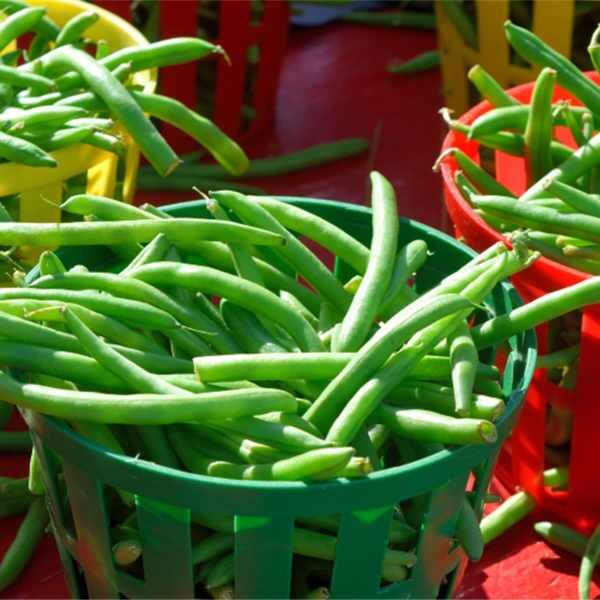




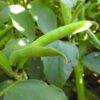
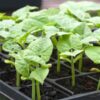
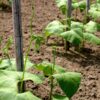

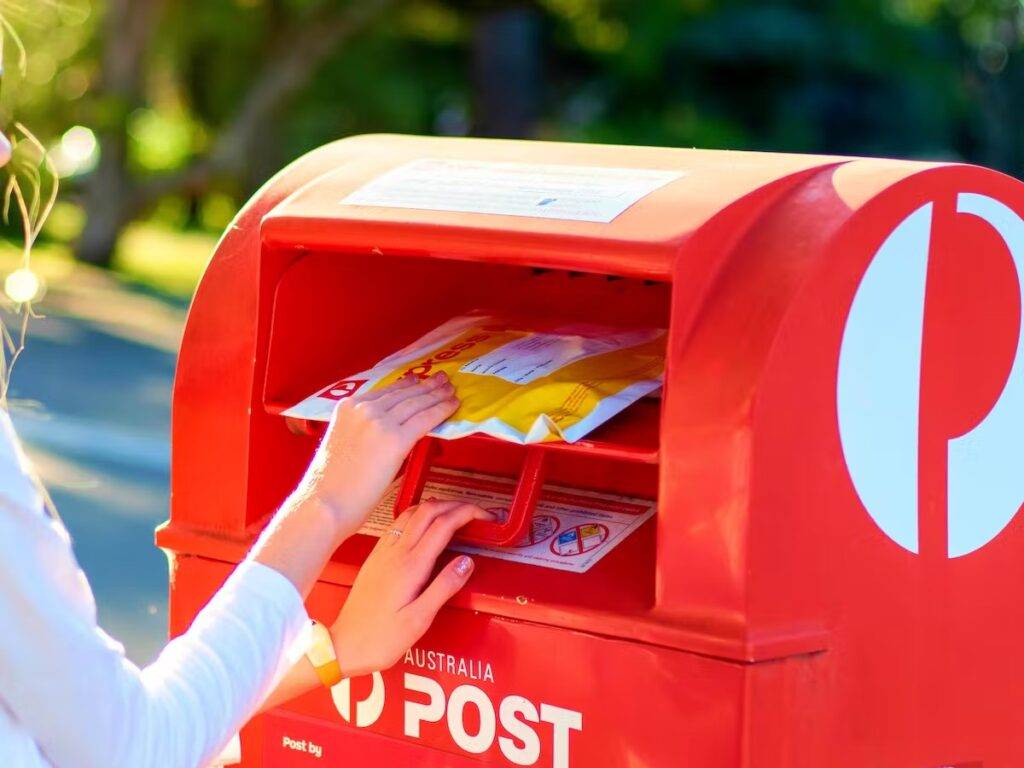
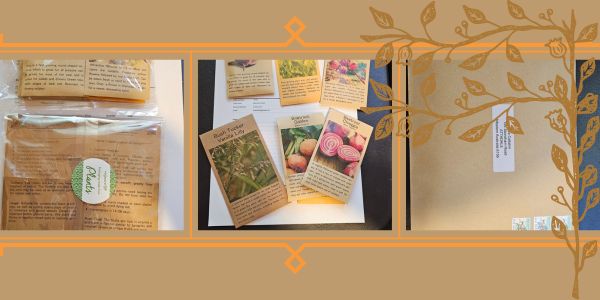
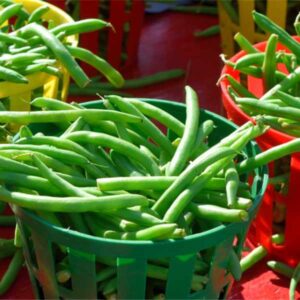
100% as described. I am yet to plant them.